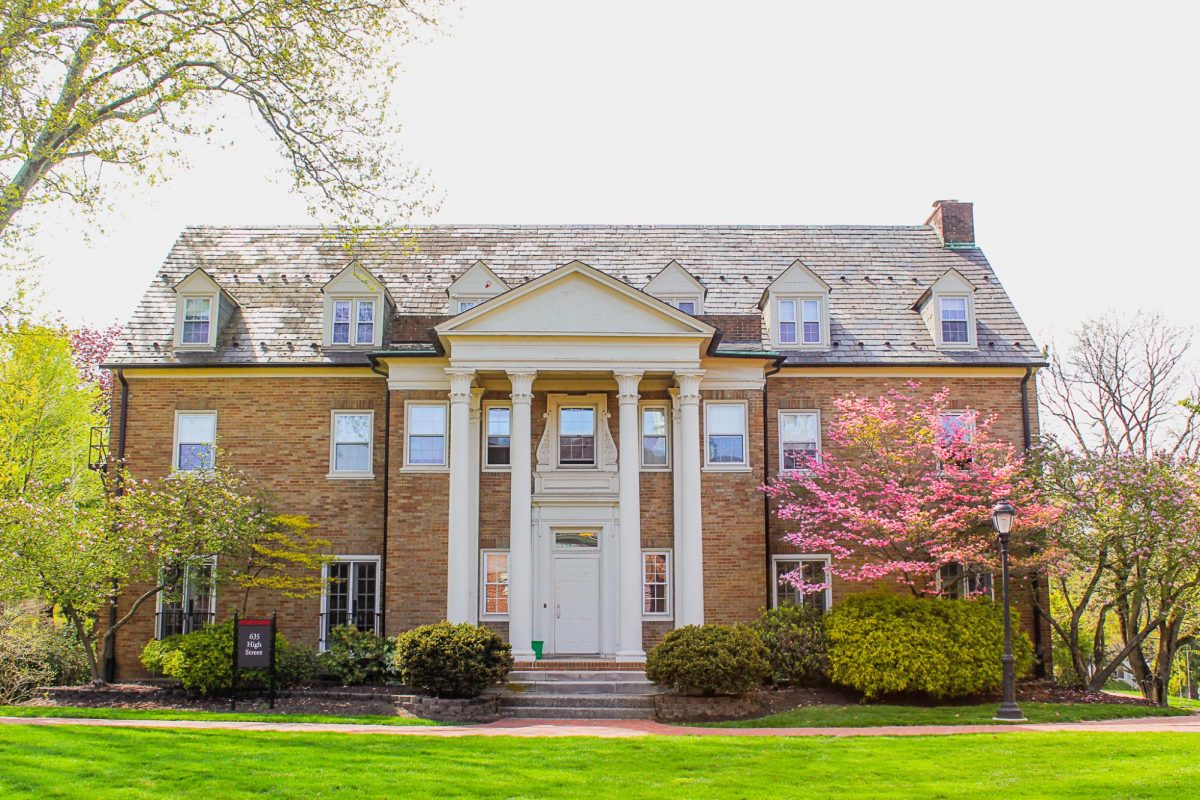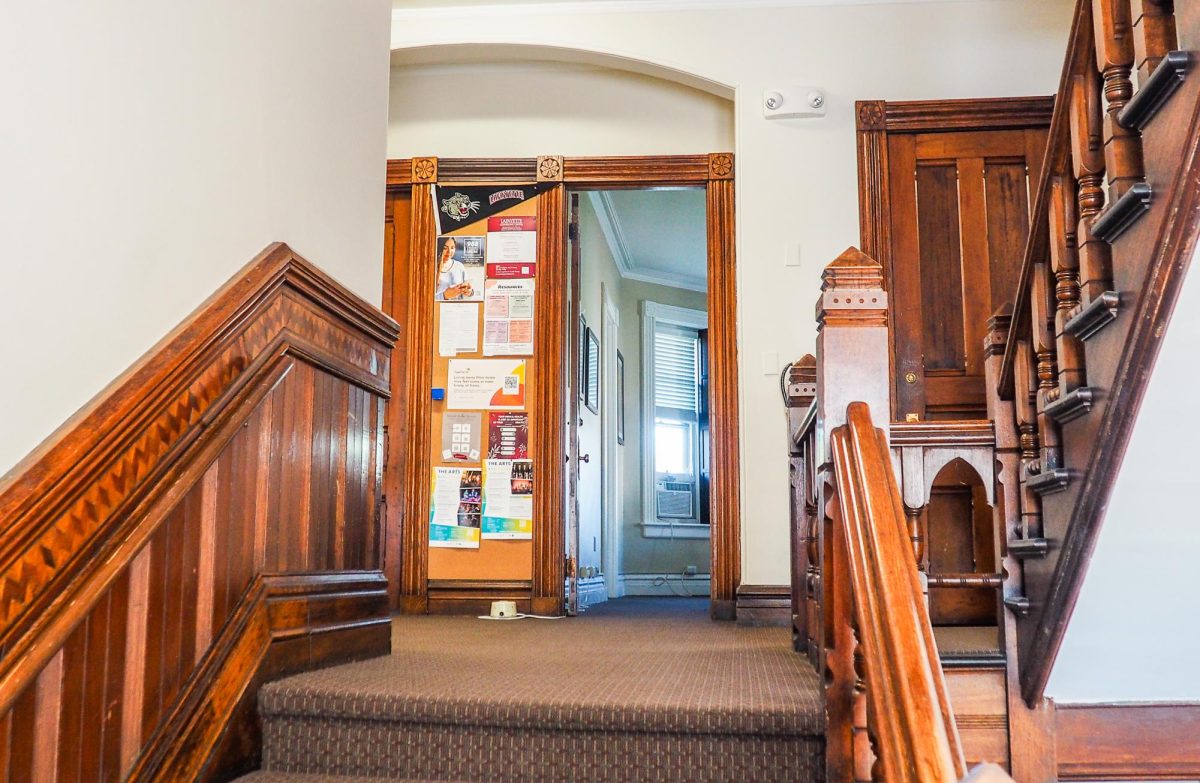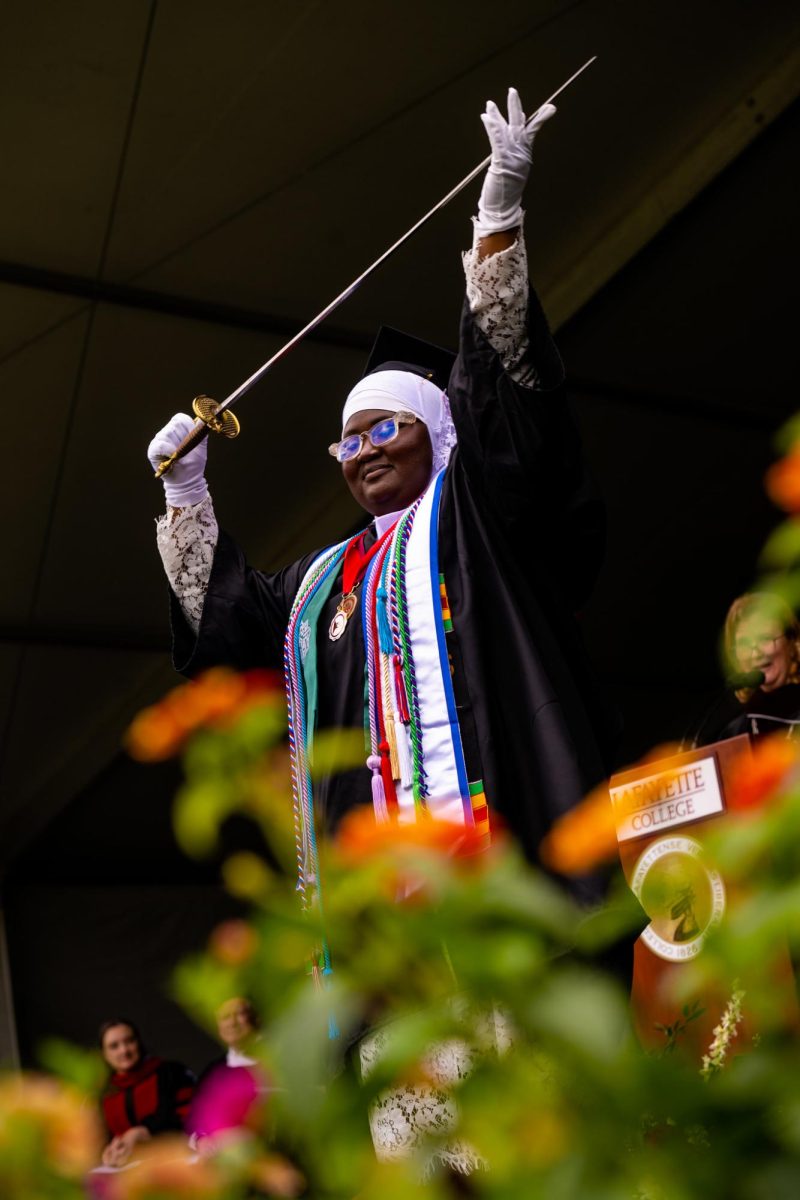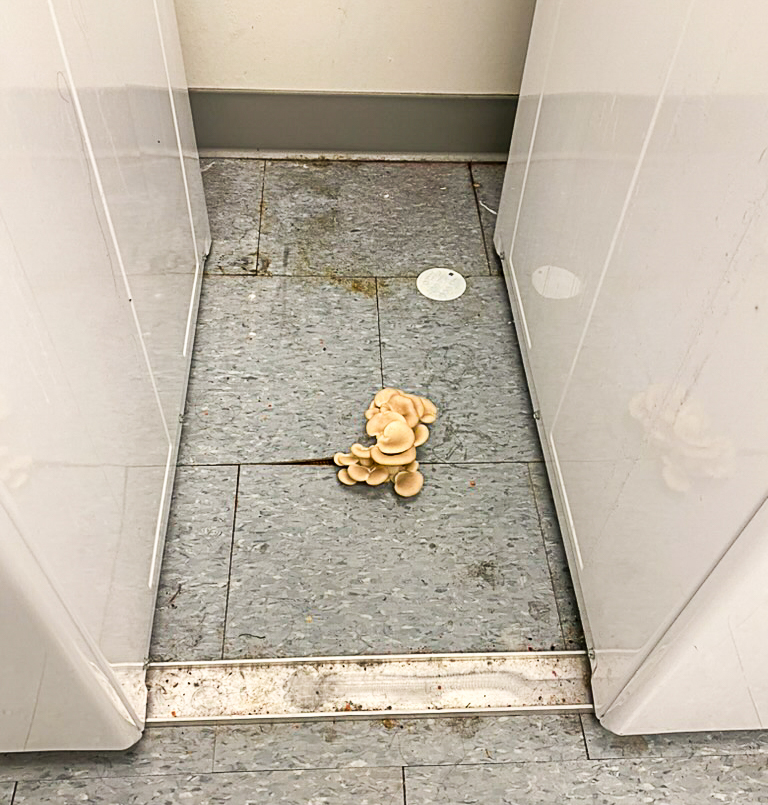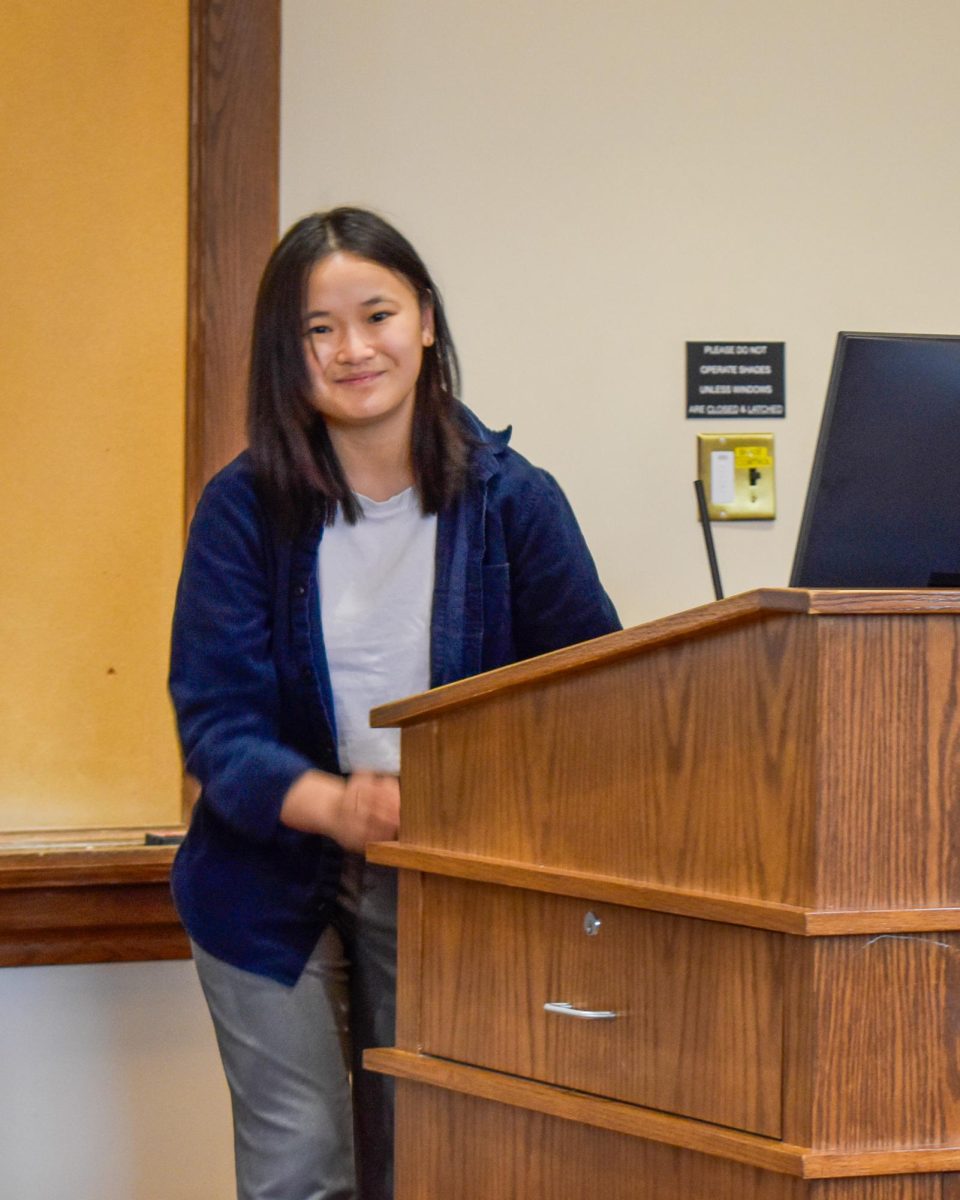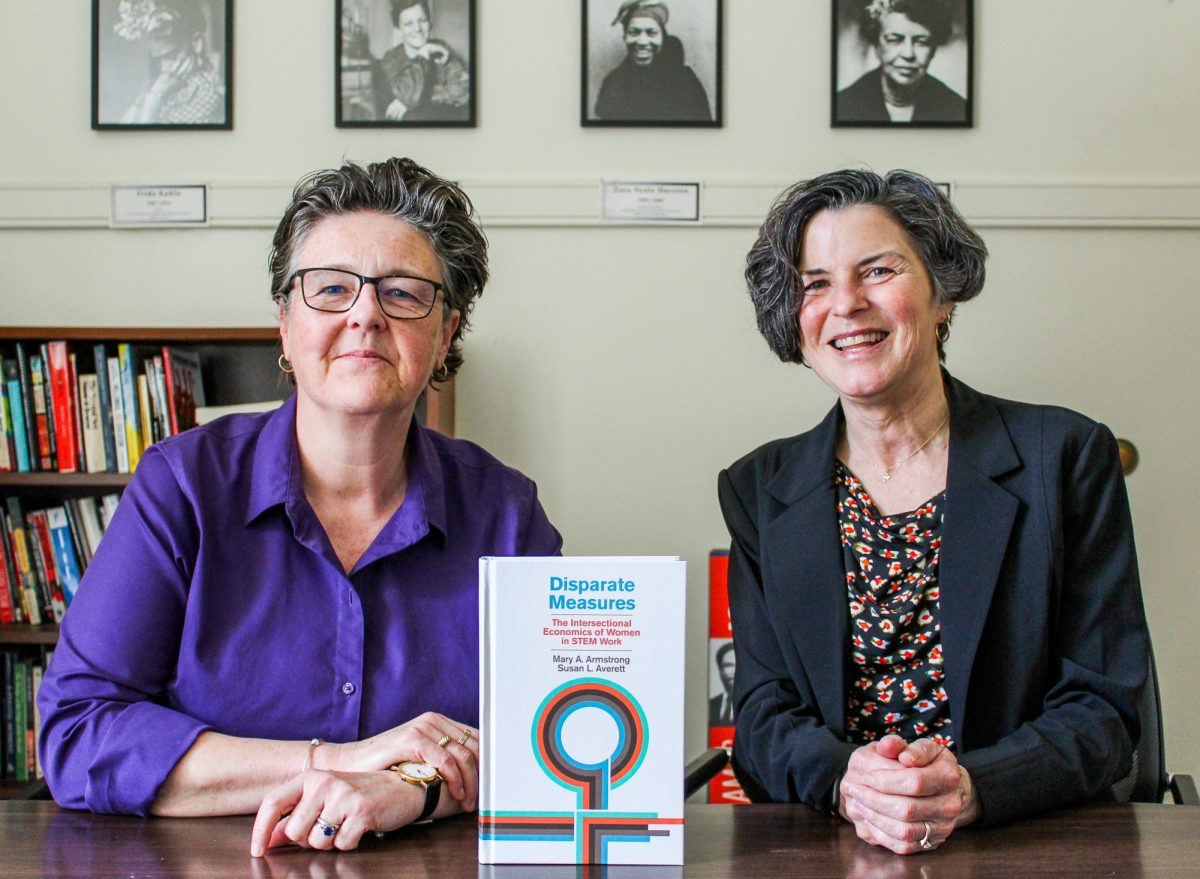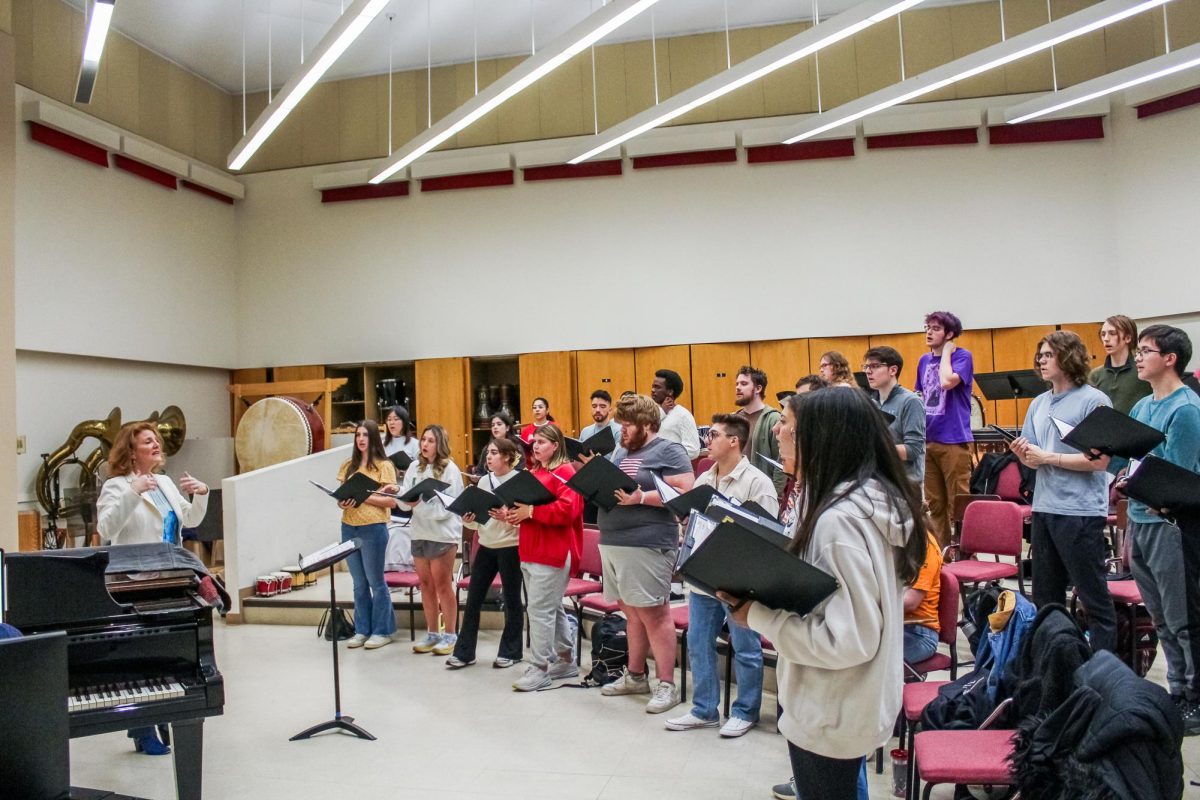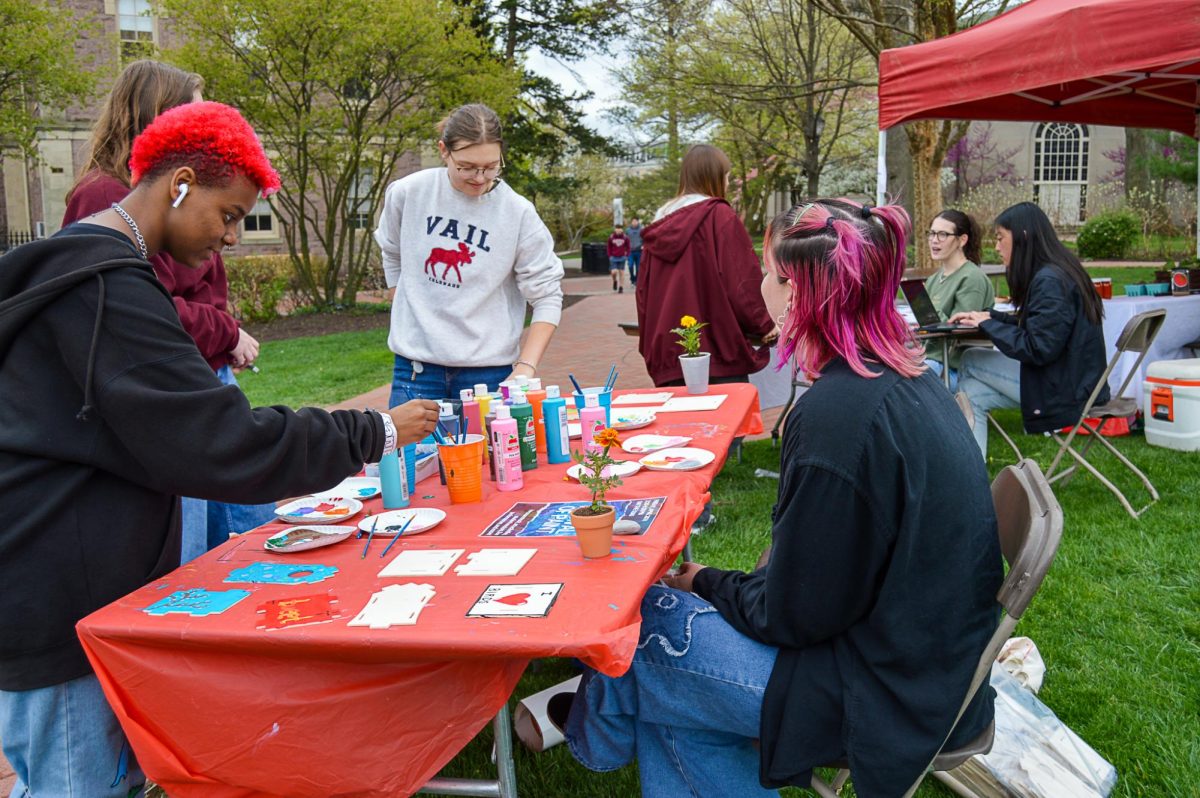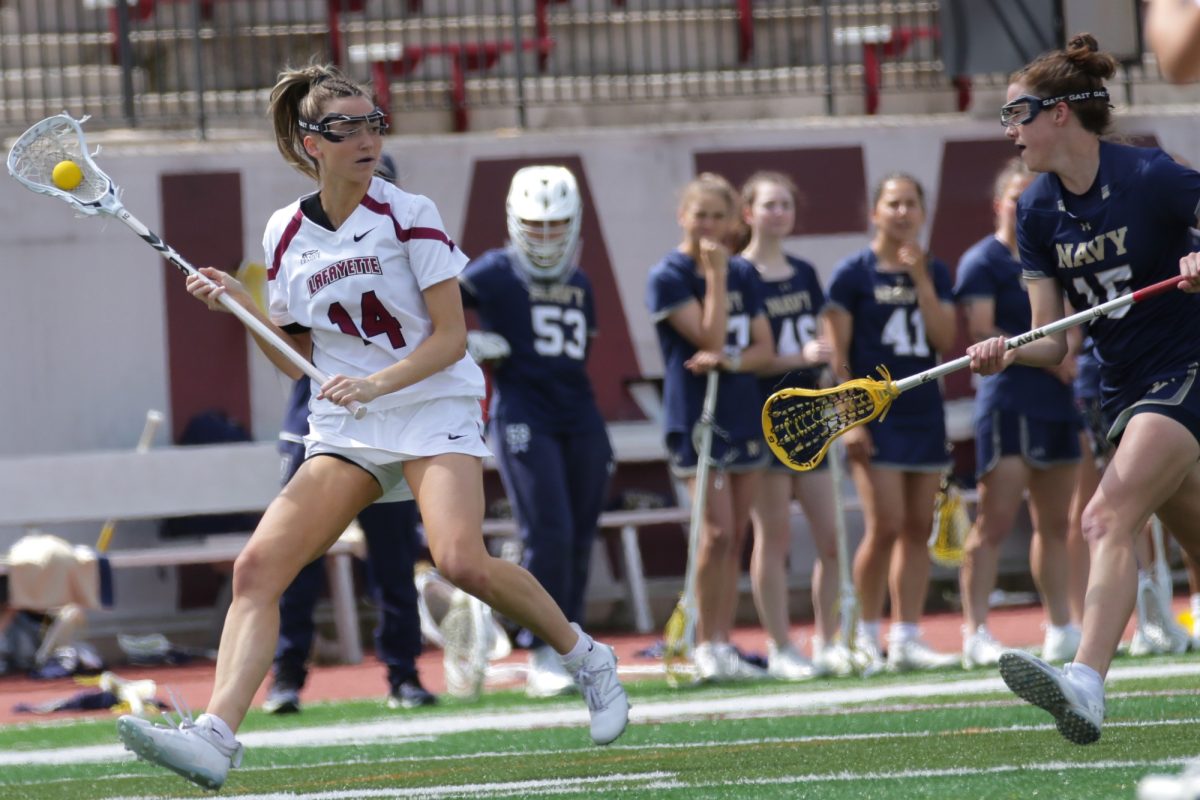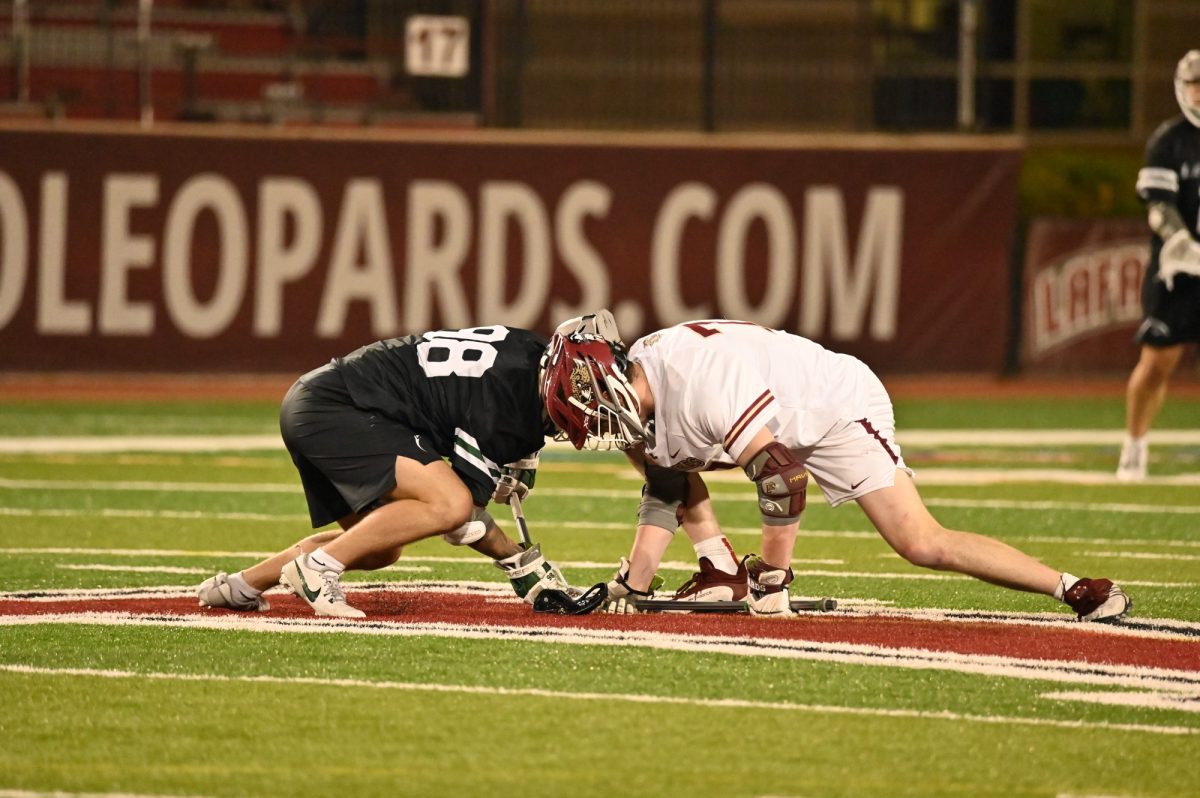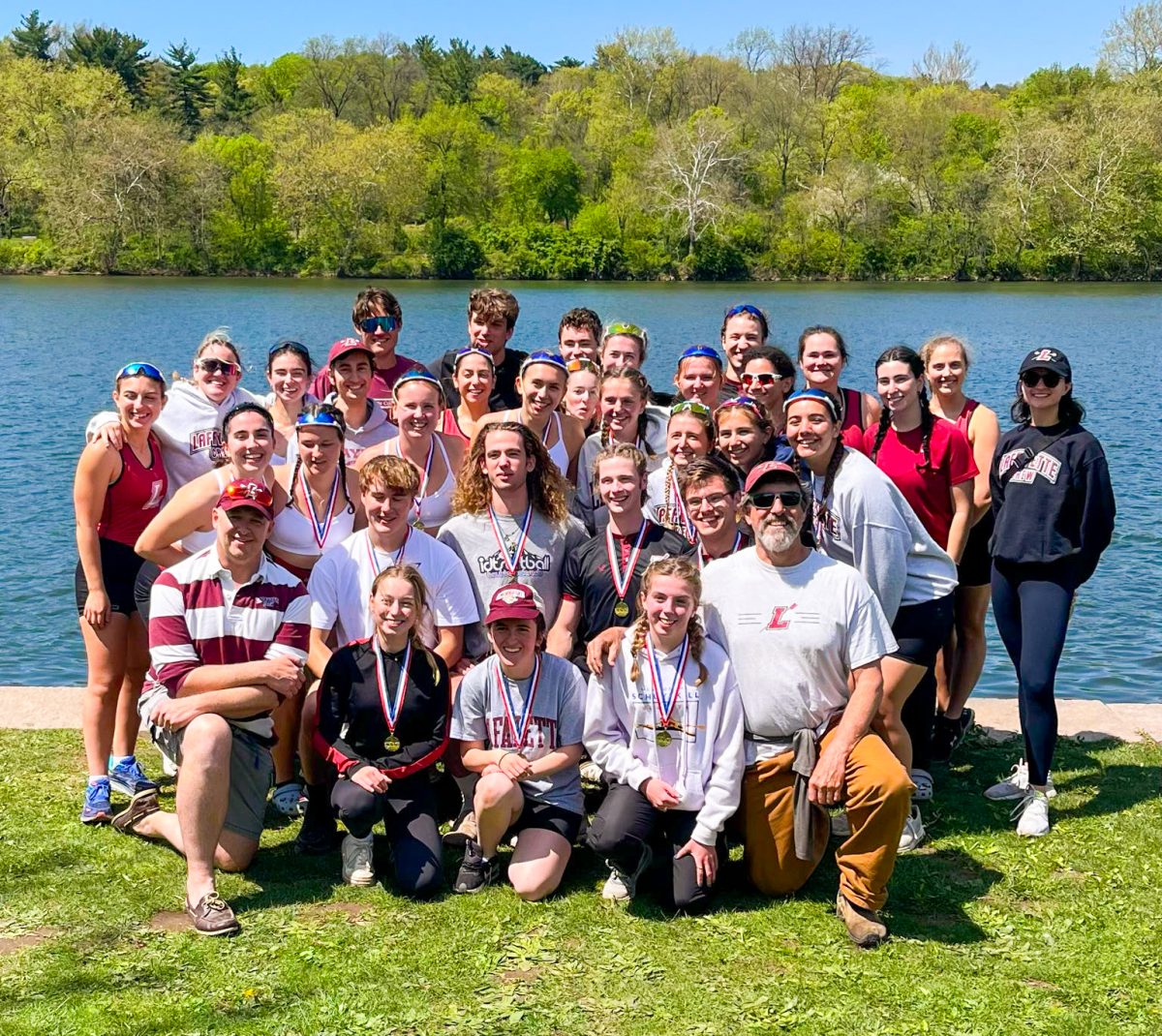Each spring, Lafayette College recognizes students who have committed themselves to academic excellence, strong leadership and who embrace the spirit of multiculturalism. Students who are honored are given a statue featuring a gold-toned figure blowing into a horn. This figure, though lacking a strong resemblance to its namesake, is imagined to be Aaron Ogden Hoff, Lafayette College’s first African American student. Excluding the annual occurrence of the Hoff awards, the life and legacy of Hoff are often overlooked by the College, with many students remaining completely unaware of the impact he had on the institution, and Easton as a whole.
Hoff attended Lafayette College under the leadership of Reverend George Junkin, the institution’s first president. Junkin viewed Hoff as his personal assistant and tasked him with playing his horn each morning to awaken the campus community. Although Hoff was a member of the inaugural class of 1832, a severe illness forced him to withdraw from classes, and he was unable to earn the academic degree he had been pursuing. Nevertheless, Hoff attempted to remain connected with the College, and later held positions as a janitor, groundsman and coachman before his death in 1902.
In addition to his involvement on College Hill, Hoff played an integral role in the founding of Easton’s First Colored Lutheran Church, also referred to as St. John’s Lutheran Church. He held various leadership positions within the organization and even lived in the Church’s basement following the death of his wife. Hoff was also well respected within the Easton community at large and was spoken highly of in his obituary by both white and Black Eastonians alike. However, how have we, as a collective Lafayette community, neglected to offer recognition to one of Easton’s most notable citizens?
As our research unfolded we discovered that he has been largely forgotten and often only known for the award named after him, without any context on why the award was named after him to begin with. We discovered a history of Lafayette and the Easton community forgetting and not respecting the lives of African Americans who lived and influenced the Easton community similarly to Aaron Hoff. We are currently furthering our research and working to educate the community about “pocket parks,” which are unmarked burial grounds of African Americans which have since been paved over and forgotten. Through these pocket parks, specifically the Nesquehoning Park located a mile off campus, we found a descendant of Aaron Hoff as well eight other African American individuals who were interred there, only to be paved over years later. As a research project, we aimed to bring awareness to these pocket parks around Northampton County to commemorate the individuals buried beneath them. Little information has been found by the Easton community and as students on Lafayette’s campus, we hope to educate our peers surrounding the topic.
A century after Hoff’s death in 2002, students and faculty advocated for the reconstruction of his burial site marking, and succeeded in removing a plain, numbered brick and replacing it with a monument featuring his likeness and epitaph. Although this attention granted to Hoff was transformative in regard to the site of his internment, it was the last recognition truly devoted to his legacy over the last two decades. Aaron Hoff is more than a horn player atop a plastic pedestal allocated to outstanding students. Aaron Hoff devoted his resources, time and life to maintaining and upholding the values that our college strives to encapsulate. Can’t we return the favor by educating our community about who he truly was?
Sarah Afromsky ’24, Erin Diggins ’24 and Rebecca Jackson ’23 are students in history professor Rachel Goshgarian’s Politics and Practices of History class. The class is researching topics relating to Lafayette and the Easton community for an archival history project.


